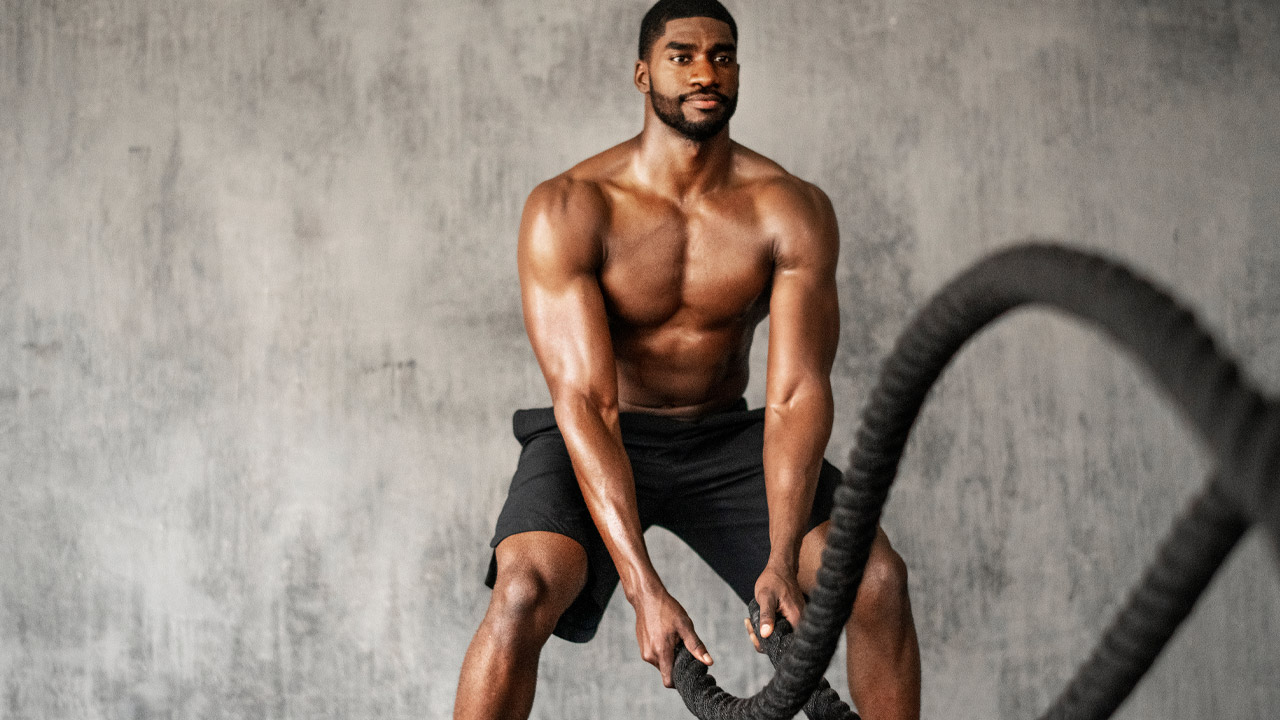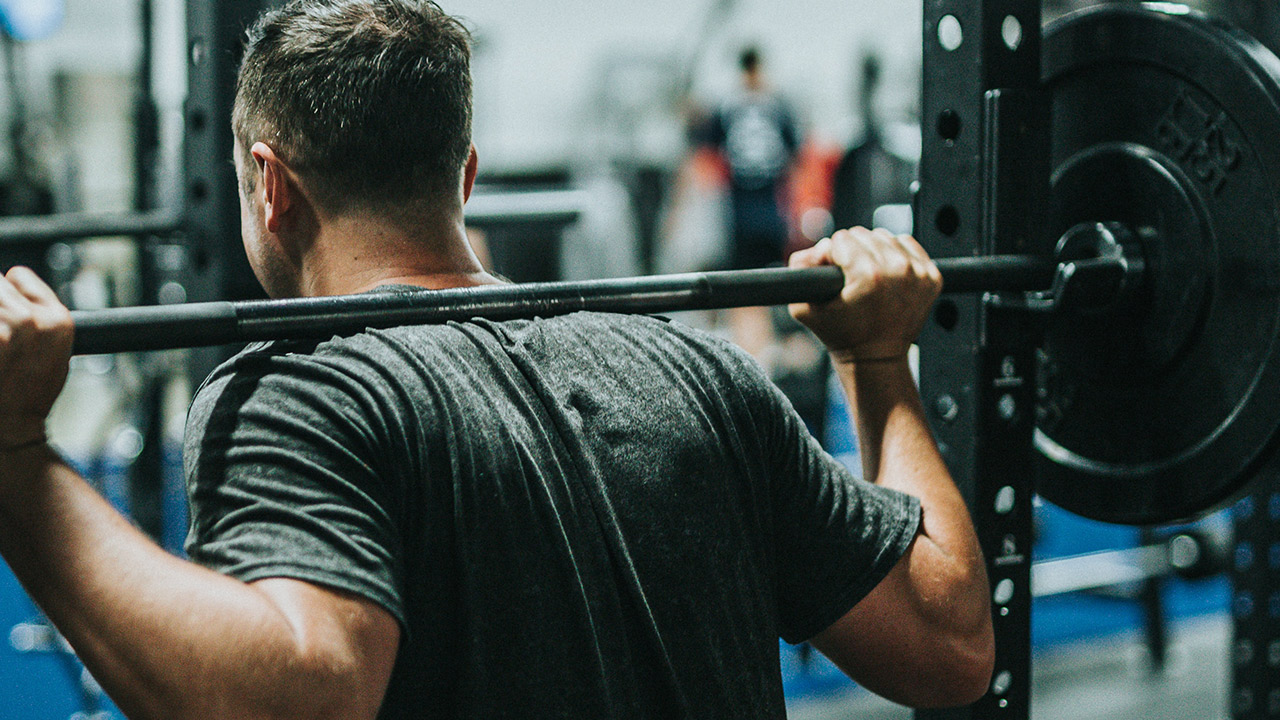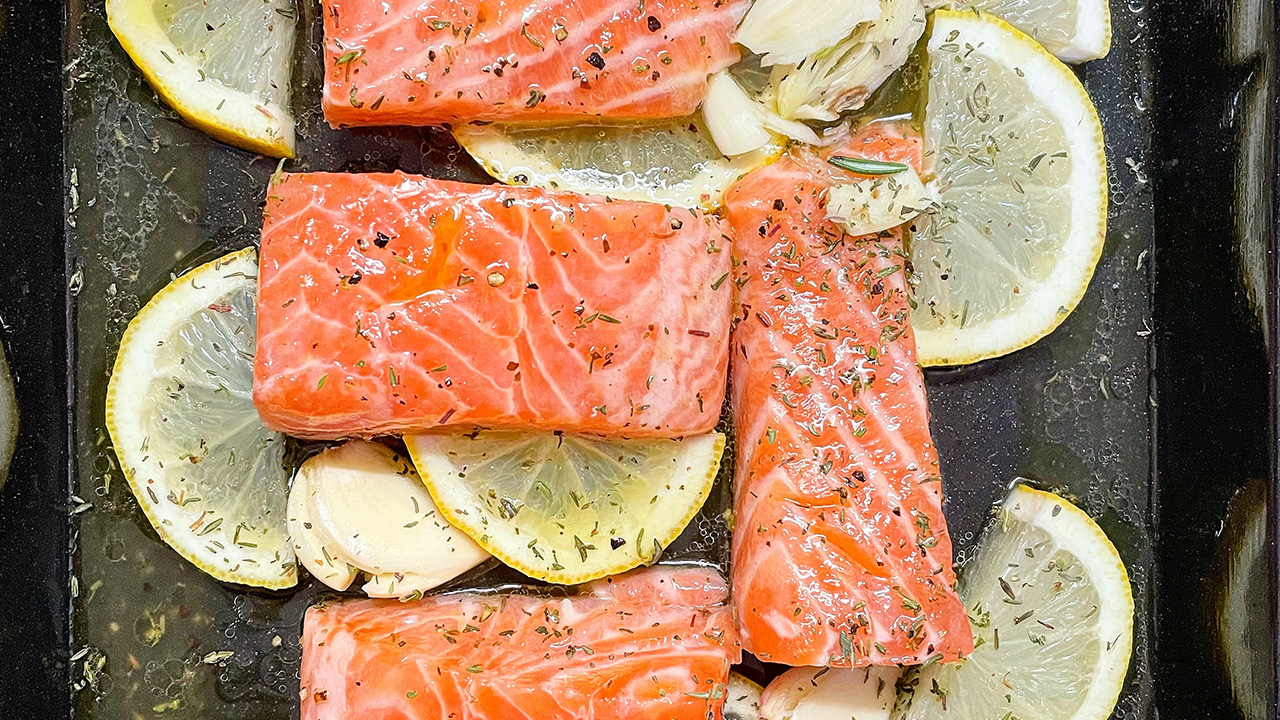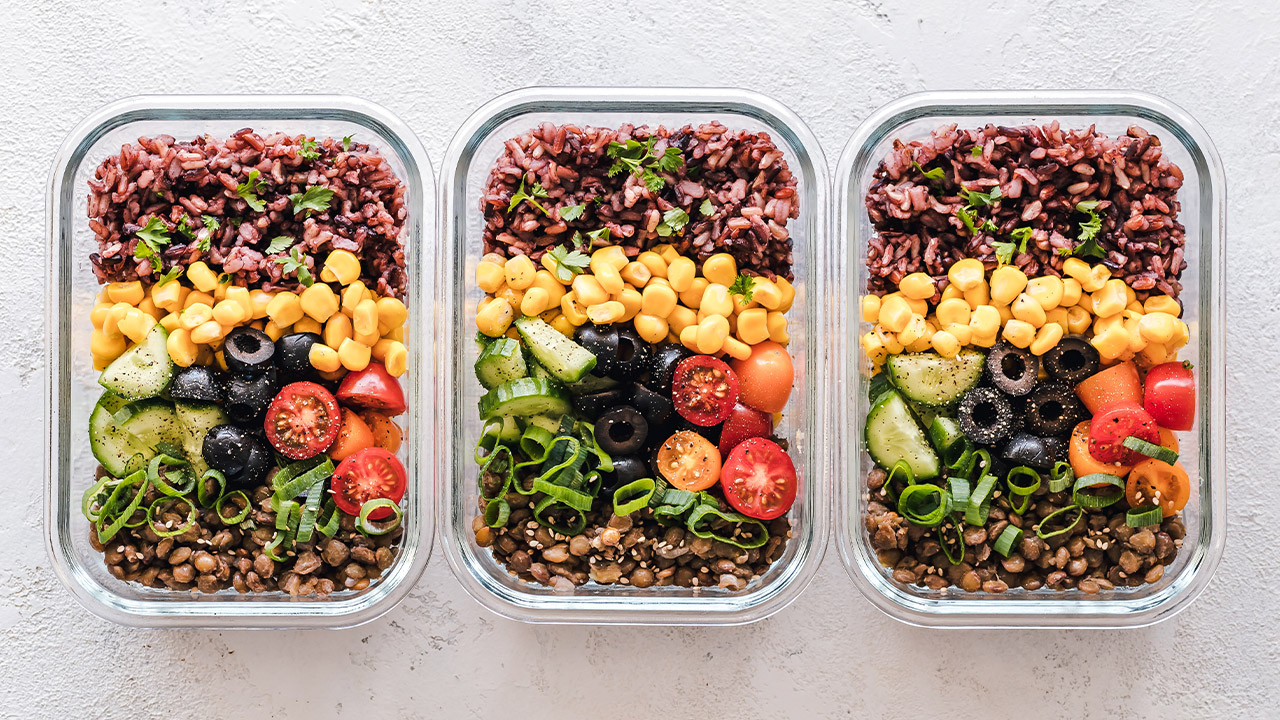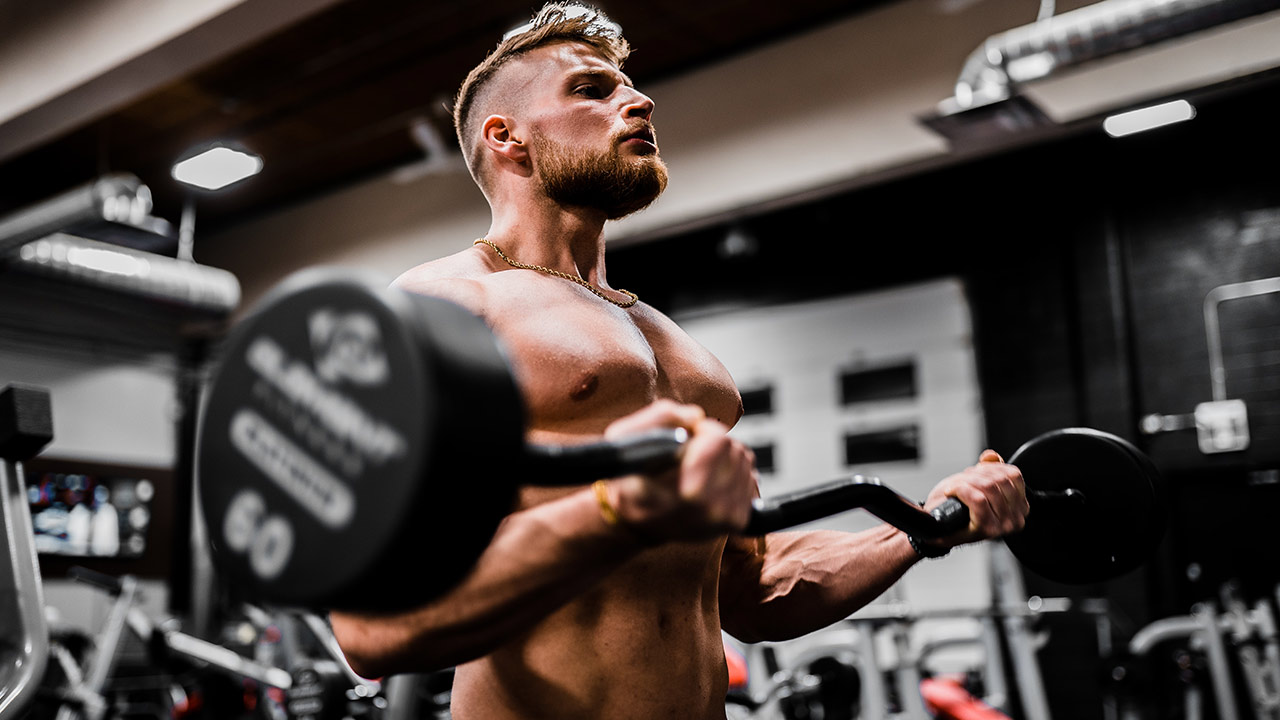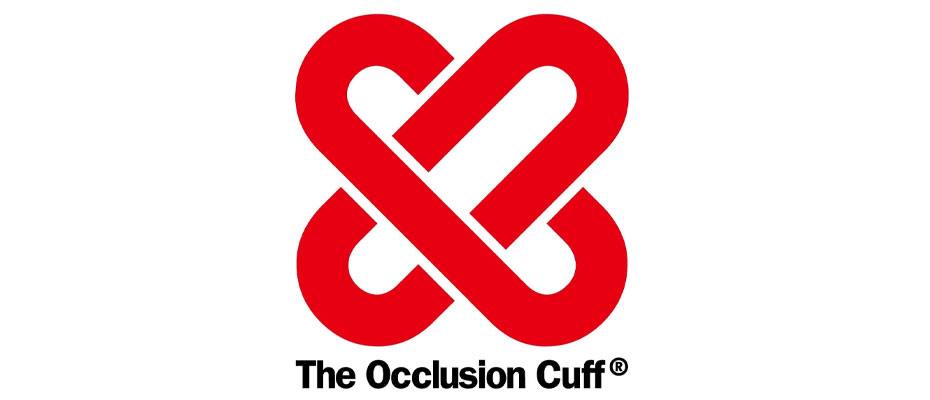6 Food Safety Mistakes You Might Be Making

Hey Angels and Alphas,
Ensuring food safety is a critical aspect of kitchen management, whether you’re a home cook or a culinary professional. However, there are common mistakes that many of us make without realizing the potential risks they pose to our health. Here’s a detailed exploration of seven food safety errors you might be unknowingly committing:
Overlooking Expiration Dates: A cardinal rule in food safety is to respect expiration dates. This includes both ‘sell-by’ and ‘best-before’ dates. Consuming food past these dates can lead to foodborne illnesses. Always check these dates when purchasing and before consuming products. Be especially cautious with items at the front of store shelves, as they might be placed there due to approaching expiration dates.
Improper Food Storage Techniques: Storing food inappropriately can lead to bacterial growth and food spoilage. Meats, fish, and eggs must be stored in sealed containers in the refrigerator or freezer, separate from ready-to-eat foods like fruits, vegetables, cheeses, and yogurt. For pantry items, ensure they are in airtight containers to prevent moisture and consequent mold or bacteria growth. Understanding the specific storage needs of various produce can further help in maintaining their freshness and safety.
Leaving Food at Room Temperature for Extended Periods: According to food safety guidelines, perishable foods should not be left at room temperature for more than two hours, or one hour if the ambient temperature is above 90°F (30°C). This time frame includes the duration outside the refrigerator or freezer, such as during transport in a shopping cart or car. Efficiently planning your grocery trips and immediate storage upon returning home can significantly mitigate this risk.
Neglecting to Clean Canned Food Lids: Before opening canned goods, it’s important to wash the top with antibacterial soap and rinse it well. Dirt and germs accumulated on the can’s exterior can easily contaminate the food inside upon opening, a risk easily averted with this simple cleaning step.
Incorrect Cooling Practices for Leftovers: The FDA advises dividing large amounts of leftovers into shallow containers for quicker cooling in the refrigerator. This is especially important for large quantities of hot foods like soups or stews. Letting food cool to room temperature before refrigeration is a common error that can lead to bacterial growth. Utilizing an ice bath for rapid cooling before refrigeration is a safer alternative.
Neglecting Proper Refrigerator and Freezer Temperatures: Regular monitoring of your refrigerator and freezer temperatures is essential. The refrigerator should maintain a temperature below 40°F (4.4°C), and the freezer should be below 0°F (-18°C). Frequent opening and closing of these appliances can cause temperature fluctuations, compromising food safety. Using independent thermometers inside your fridge and freezer can provide more accurate readings than relying solely on built-in thermometers.
Bringing it All Together…
Safe food handling and storage are key to preserving the nutritional quality and taste of your meals, making your fitness journey more enjoyable and effective. Whether it’s storing your protein-rich meats properly, ensuring your greens stay fresh, or reheating meals to the right temperature, every step you take towards food safety is a step towards maintaining the integrity of your meal plan and your health.
Remember, food safety is an integral part of your journey to optimal, healthy nutrition. It ensures that the meals you prepare fuel your body optimally, supporting your workouts and overall wellness. By keeping these guidelines in mind, you’ll not only protect yourself from foodborne illnesses but also maximize the benefits of your meal prep and fitness regimen. Stay safe, stay healthy, and let your well-prepared meals be a cornerstone of your fitness success.



